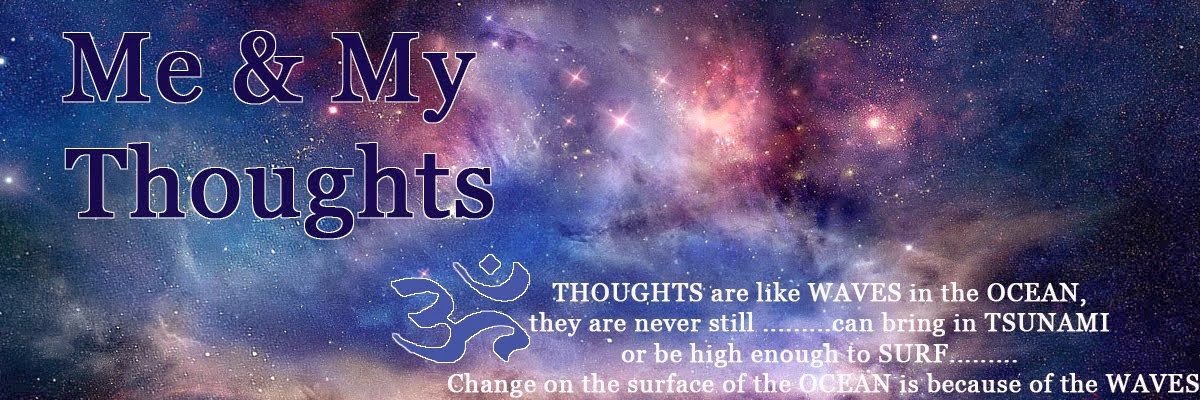Looking at the temple priest clearing the cobweb a
young boy asked his father, “When God has created every living being why is a
spider and its web is not allowed to be in the temple???”
Father who was a middle aged man said, “Spider
builds its web from the secretion out of its body and it is inauspicious to
have anything that has oozed out of the body.”
“But we use the honey to anoint the idols which is
literally the vomit of a bee, isn’t it???” quizzed the young boy.
“You are becoming too loquacious; this trait in you
is making you behave like a rationalist” shouted the boys’ father.
It was unnecessary for the father of the young boy to
be so freaky, if he did not know how to answer the question of the young
boy. Most of the elders often go frenzy when they do not know the answers, instead
of answering the queries of the young they start shouting at them. Agreed that
everyone cannot have answers to all questions, but there is not even one question which
doesn’t have an answer. In fact the answer lies in the question itself. “Look
for the answer inside your question” says Rumi. Youngsters who have lot of
questions may find it tough to find answers themselves all they need is someone to guide them to look
for the answers.
In Taittiriya Upanishad Bhrigu asks his father, “Who
is Brahman?” His father Varuna, the rain God without answering the question
directly wants his son to know by himself and so he says, “Brahman is THAT from
which the world has sprouted, by which the world is sustained, and into which
the world merges. Contemplate, my son, and discover what Brahman is.” Bhrigu
goes into contemplation and search for the answer. Many times he approaches his
father Varuna with different answers starting from “Anna” (Food) and finally gets
the right one, “Ananda” (Bliss).
This episode from the Upanishads highlights the need
for continuous and enduring contemplation in the life of a seeker. Mind begins to enjoy probing into the answers
for the questions it has. Those questions which rise in our mind are to be
answered so that there is a better understanding on the subject. Question is a
tool to dig deep, the more they are the better we get to the bottom of it.
Many of our ancient customs and traditions are now
considered ridiculous as we do not have a valid reason or a satisfactory answer as to why we are
continuing them. We either were not interested or feared to ask why.
As far as why we do not allow cobwebs in our home or temples is that a spider web which is silky with a spider in it is sticky. This stickiness helps the arthropod to feed on those getting stuck to the web. Once the spider abandons the web it is called “Cobweb” and the sticky nature attracts dust. A dusty cobweb is not good from hygiene point of view. Hence it has to be cleared.
As far as honey is concern, the bees have two stomachs. One stomach is used to convert the flower nectar into food; the other is more like a pouch which are called “Honey Sac” to store and to make it a durable preserve. This pouch produces enzymes that help produce some of nature’s best medicine called bee propolis which a kind of glue that is used to repair its hive and it a natural antibiotic.
As far as why we do not allow cobwebs in our home or temples is that a spider web which is silky with a spider in it is sticky. This stickiness helps the arthropod to feed on those getting stuck to the web. Once the spider abandons the web it is called “Cobweb” and the sticky nature attracts dust. A dusty cobweb is not good from hygiene point of view. Hence it has to be cleared.
As far as honey is concern, the bees have two stomachs. One stomach is used to convert the flower nectar into food; the other is more like a pouch which are called “Honey Sac” to store and to make it a durable preserve. This pouch produces enzymes that help produce some of nature’s best medicine called bee propolis which a kind of glue that is used to repair its hive and it a natural antibiotic.










